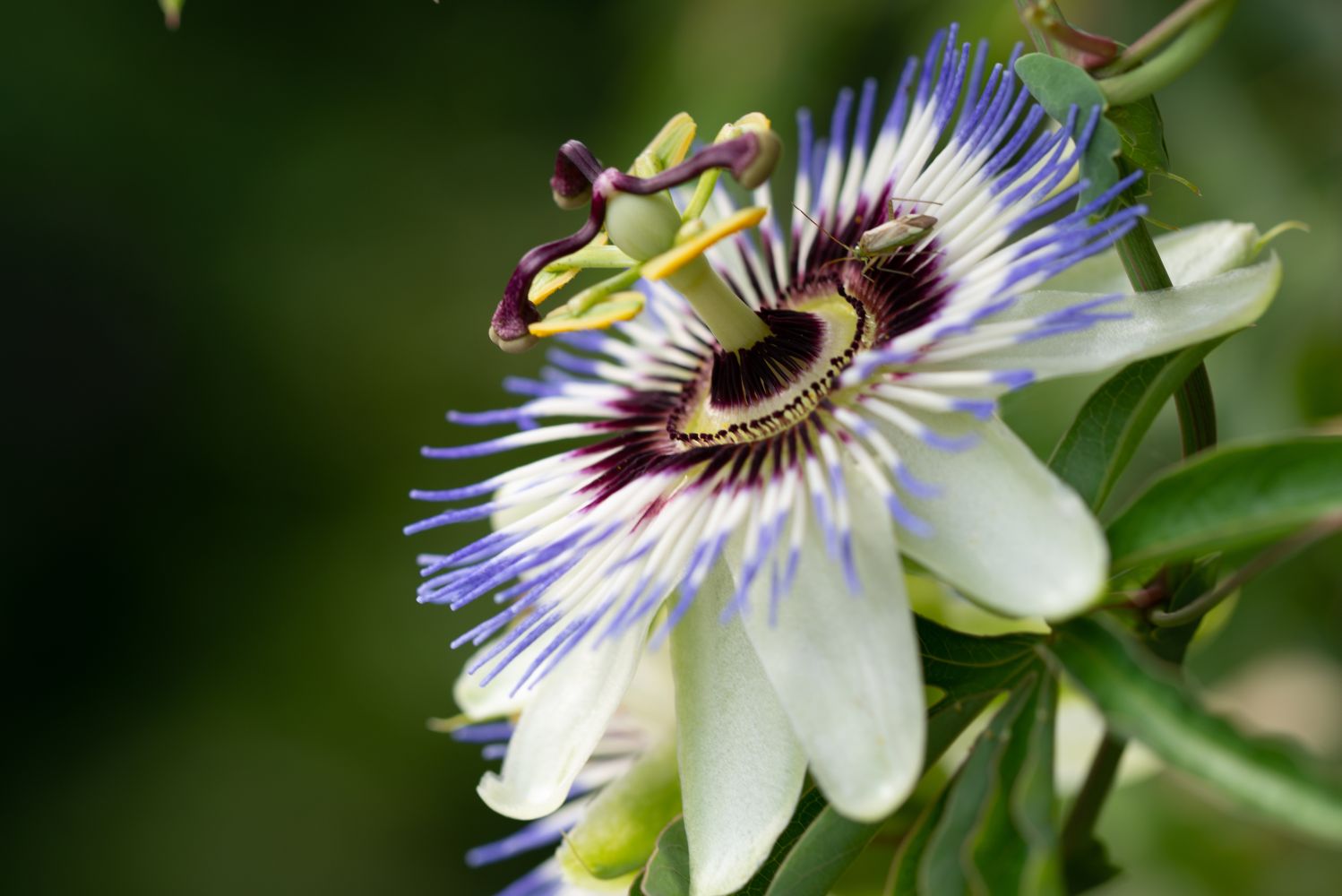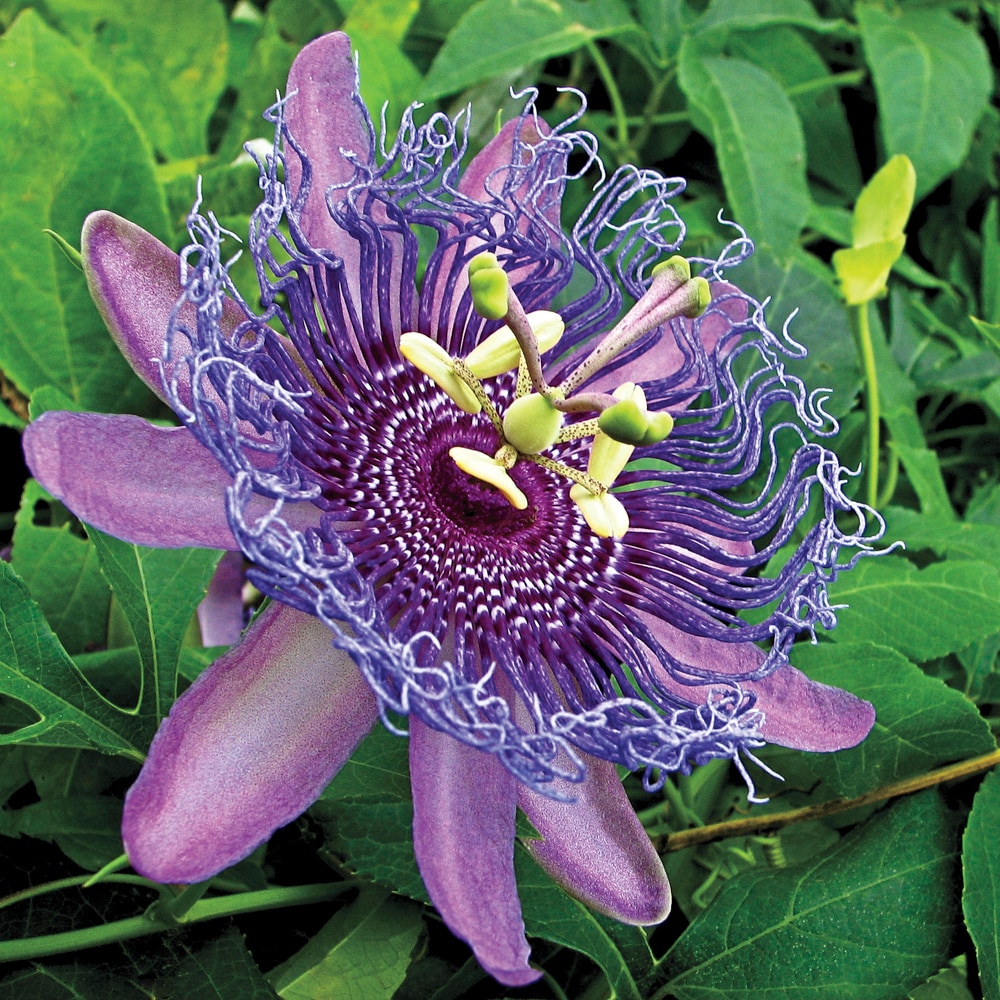Understanding the Life Cycle of Passion Flowers
The passion flower, a tropical vine native to the Americas, has been captivating gardeners and botanists alike with its intricate flowers and medicinal properties. To appreciate the beauty of passion flowers, it’s essential to understand their life cycle, which plays a crucial role in anticipating when passion flowers bloom. The passion flower’s life cycle consists of three stages: germination, growth, and blooming. During the germination stage, seeds sprout into seedlings, which then develop into mature vines. The growth stage is characterized by the vine’s rapid expansion, with the plant producing leaves, stems, and tendrils. Finally, the blooming stage marks the culmination of the life cycle, where the passion flower produces its signature intricate flowers. Understanding these stages is vital in predicting when passion flowers will bloom, as it allows gardeners to provide optimal conditions for healthy growth and flowering. By recognizing the signs of each stage, gardeners can ensure their passion flowers receive the necessary care, ultimately leading to a successful and vibrant bloom.
When to Expect Blooms: Climate and Seasonal Factors
Passion flowers are sensitive to climate and seasonal changes, which significantly impact their blooming periods. Understanding these factors is crucial in anticipating when passion flowers bloom. In general, passion flowers thrive in warm temperatures between 65°F to 90°F (18°C to 32°C), making them ideal for tropical and subtropical regions. However, some species can tolerate cooler temperatures, while others require more heat. Seasonal changes also play a vital role, as passion flowers typically bloom in the spring and summer months when daylight hours are longer. In regions with mild winters, passion flowers may bloom year-round. To create an optimal environment for blooming, gardeners should ensure their passion flowers receive adequate sunlight, water, and nutrients. By doing so, they can encourage healthy growth and blooming, ultimately leading to a vibrant display of intricate flowers. By recognizing the signs of climate and seasonal changes, gardeners can better anticipate when passion flowers will bloom, allowing them to provide the necessary care and attention.
How to Encourage Blooms: Tips for Passion Flower Care
To promote healthy growth and blooming, it’s essential to provide passion flowers with the right care. Pruning is a crucial aspect of passion flower care, as it helps maintain the plant’s shape, encourages new growth, and promotes blooming. Regular pruning also helps remove dead or damaged leaves and stems, reducing the risk of disease and pests. Watering is another critical factor, as passion flowers require consistent moisture, especially during the blooming period. However, it’s essential to avoid overwatering, which can lead to root rot and other problems. Fertilization is also vital, as passion flowers benefit from regular feeding with a balanced fertilizer. This provides the necessary nutrients for healthy growth and blooming. By following these tips, gardeners can create an optimal environment for their passion flowers to thrive and bloom. Remember, understanding when passion flowers bloom is crucial in providing the necessary care, and with the right techniques, gardeners can enjoy a vibrant display of intricate flowers.
The Role of Light and Soil in Passion Flower Blooms
Light exposure and soil quality play a vital role in passion flower blooming. Passion flowers require full sun to partial shade, with most species thriving in areas that receive direct sunlight for at least six hours a day. However, some species can tolerate more shade, making them ideal for gardens with limited sunlight. Soil quality is also crucial, as passion flowers prefer well-draining soil with a pH between 6.0 and 7.0. Soil rich in organic matter, such as compost or manure, can help promote healthy growth and blooming. When selecting a soil, gardeners should look for a mix that is specifically designed for tropical plants, as these tend to have the right balance of nutrients and drainage. By providing passion flowers with the right amount of light and soil, gardeners can create an optimal environment for blooming. Understanding when passion flowers bloom is also essential in timing the right care, such as pruning and fertilization, to ensure a vibrant display of intricate flowers.
Passion Flower Varieties: Blooming Periods and Characteristics
With over 500 species of passion flowers, each variety has its unique characteristics, growth habits, and blooming periods. One of the most popular varieties is the Passion Flower (Passiflora incarnata), which blooms from May to July and produces intricate, purple flowers. The Blue Crown Passion Flower (Passiflora caerulea) is another popular variety, blooming from June to September and producing bright blue flowers. The Sweet Granadilla (Passiflora ligularis) is a tropical variety that blooms year-round, producing sweet, edible fruit. Understanding the specific characteristics and blooming periods of each variety is essential in providing the right care and anticipating when passion flowers bloom. By selecting the right variety for their climate and garden conditions, gardeners can enjoy a vibrant display of passion flowers throughout the growing season. Additionally, understanding the unique characteristics of each variety can help gardeners troubleshoot any issues that may affect blooming, such as pests or diseases.
Common Challenges and Solutions for Passion Flower Blooms
Despite their beauty and uniqueness, passion flowers can be susceptible to various challenges that may affect their blooming. One common issue is pests, such as aphids, whiteflies, and spider mites, which can weaken the plant and reduce blooming. To combat pests, gardeners can use organic pest control methods, such as neem oil or insecticidal soap. Another challenge is diseases, like root rot and leaf spot, which can be caused by overwatering or poor air circulation. To prevent diseases, gardeners should ensure good air circulation, avoid overwatering, and remove infected leaves or stems. Nutrient deficiencies, particularly a lack of phosphorus, can also impact blooming. Gardeners can address nutrient deficiencies by using a balanced fertilizer and following a regular fertilization schedule. By being aware of these common challenges and taking preventative measures, gardeners can ensure healthy growth and blooming of their passion flowers. Understanding when passion flowers bloom is also crucial in timing the right care, such as pruning and fertilization, to address these challenges and promote optimal blooming.
Creating a Passion Flower Garden: Design and Layout Tips
Designing a passion flower garden requires careful consideration of layout, companion planting, and space management to maximize blooming potential. When creating a passion flower garden, it’s essential to choose a location that receives full sun to partial shade, depending on the variety. Passion flowers thrive in well-draining soil with a pH between 6.0 and 7.0. To promote healthy growth and blooming, gardeners should plant passion flowers 3-5 feet apart, allowing for adequate air circulation and sunlight penetration. Companion planting with herbs like mint, basil, and lemongrass can enhance the fragrance and flavor of passion flowers. Additionally, incorporating a trellis or arbor can provide support for climbing passion flower varieties, while also adding visual interest to the garden. By understanding when passion flowers bloom and designing a garden that meets their specific needs, gardeners can enjoy a vibrant display of passion flowers throughout the growing season.
Enjoying the Fruits of Your Labor: Harvesting and Preserving Passion Flowers
After investing time and effort into growing passion flowers, it’s essential to harvest and preserve the blooms at the right time to enjoy their beauty and benefits. The ideal time to harvest passion flowers is in the morning, when the blooms are fully open and the dew has evaporated. Cut the stems just above a node, leaving a small portion of stem attached to the plant. To preserve passion flowers, gardeners can air-dry them by tying the stems in small bunches and hanging them upside down in a warm, dry place. Alternatively, passion flowers can be pressed between sheets of paper towels or cardboard to flatten them, making them ideal for use in crafts or as decorations. Passion flowers can also be used in herbal remedies, such as teas and tinctures, to promote relaxation and reduce anxiety. By understanding when passion flowers bloom and harvesting them at the right time, gardeners can enjoy the fruits of their labor and appreciate the beauty and benefits of these unique flowers.


:max_bytes(150000):strip_icc()/Passionflower-GettyImages-130793383-5b19febf1d64040037c5255d.jpg)

:max_bytes(150000):strip_icc()/passion-flowers-1403114-02-53d34571c6084810b9ef2f6c34d8838a.jpg)

:max_bytes(150000):strip_icc()/passion-flowers-1403114-02-53d34571c6084810b9ef2f6c34d8838a.jpg)


